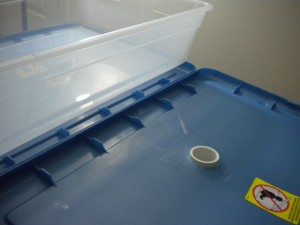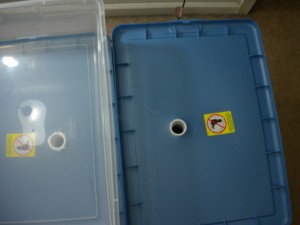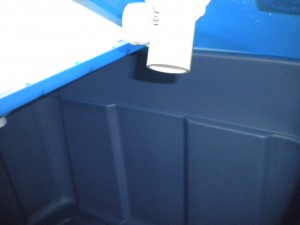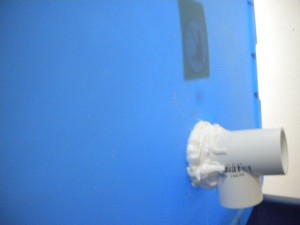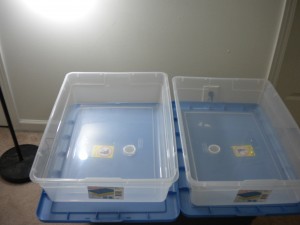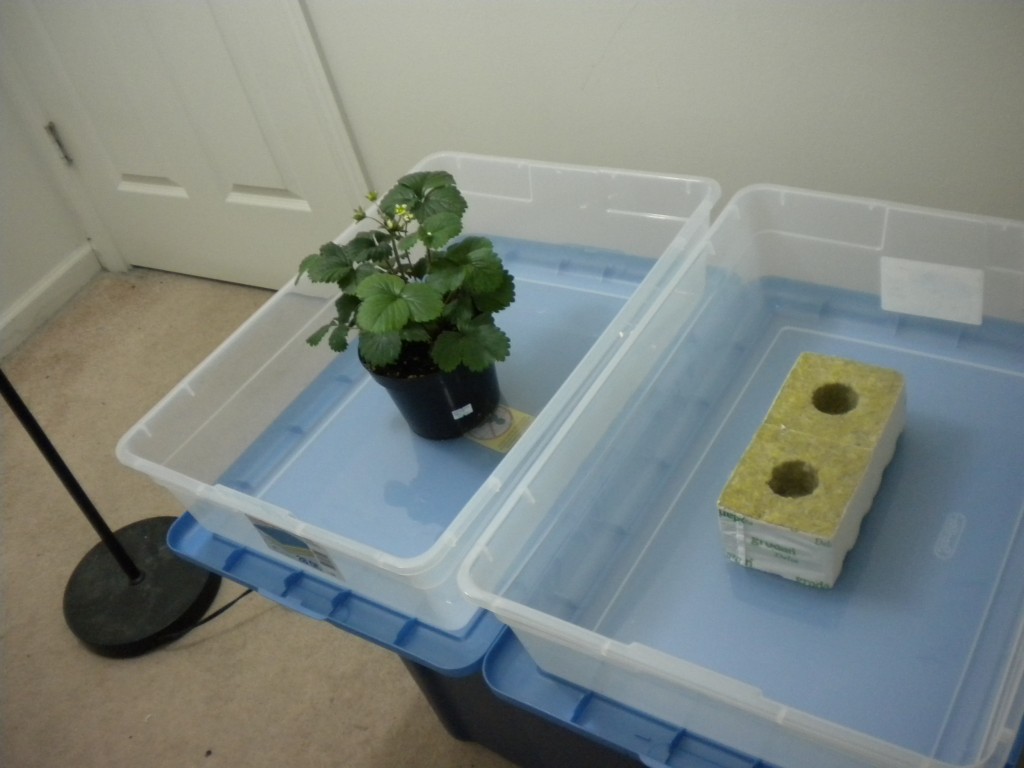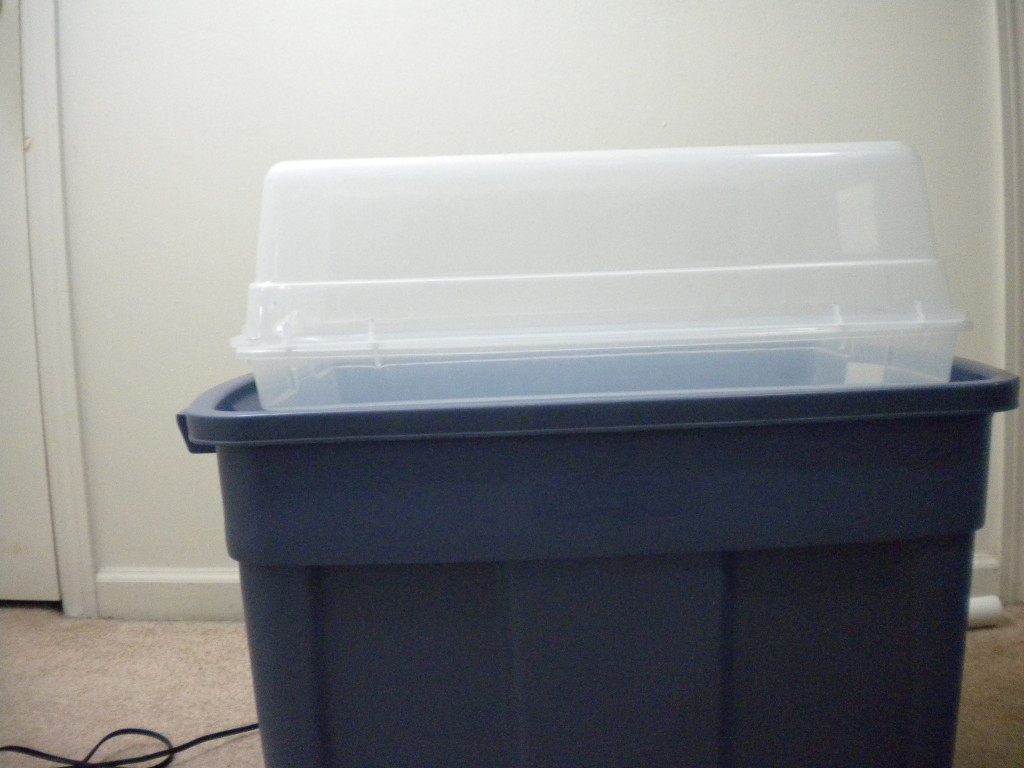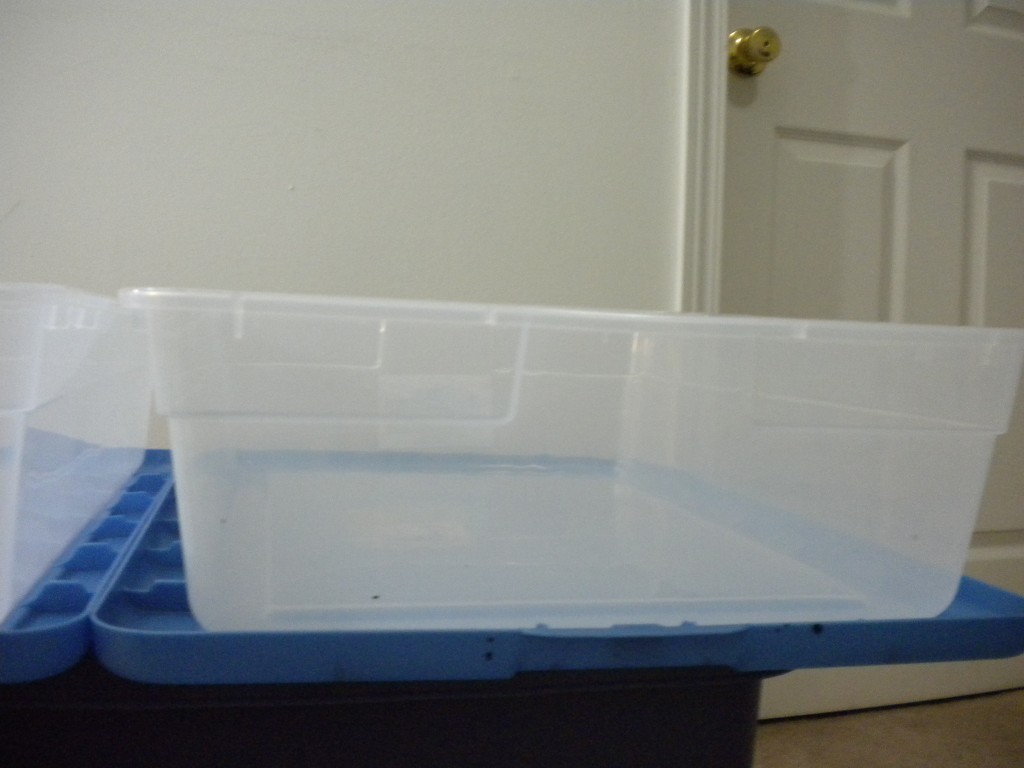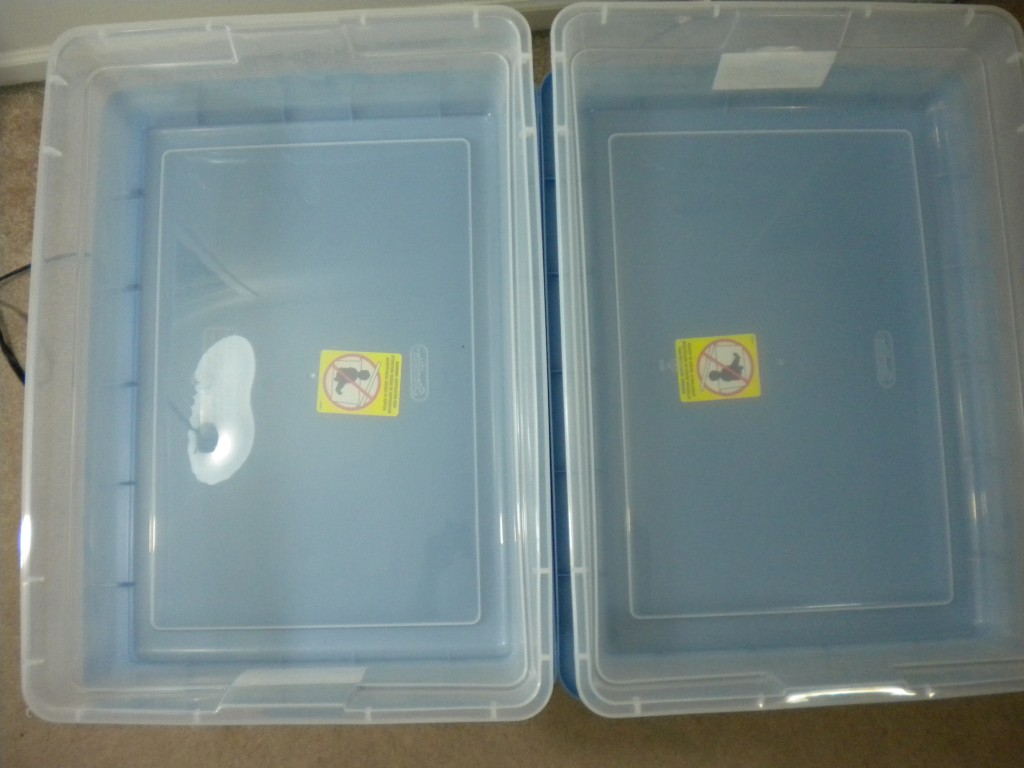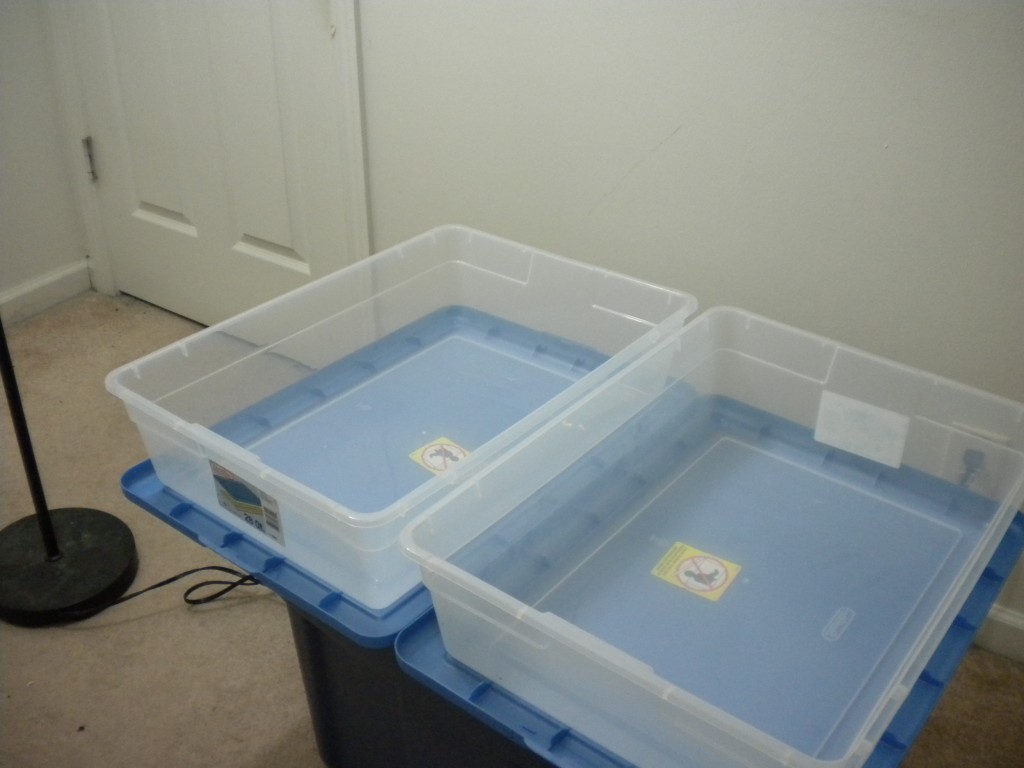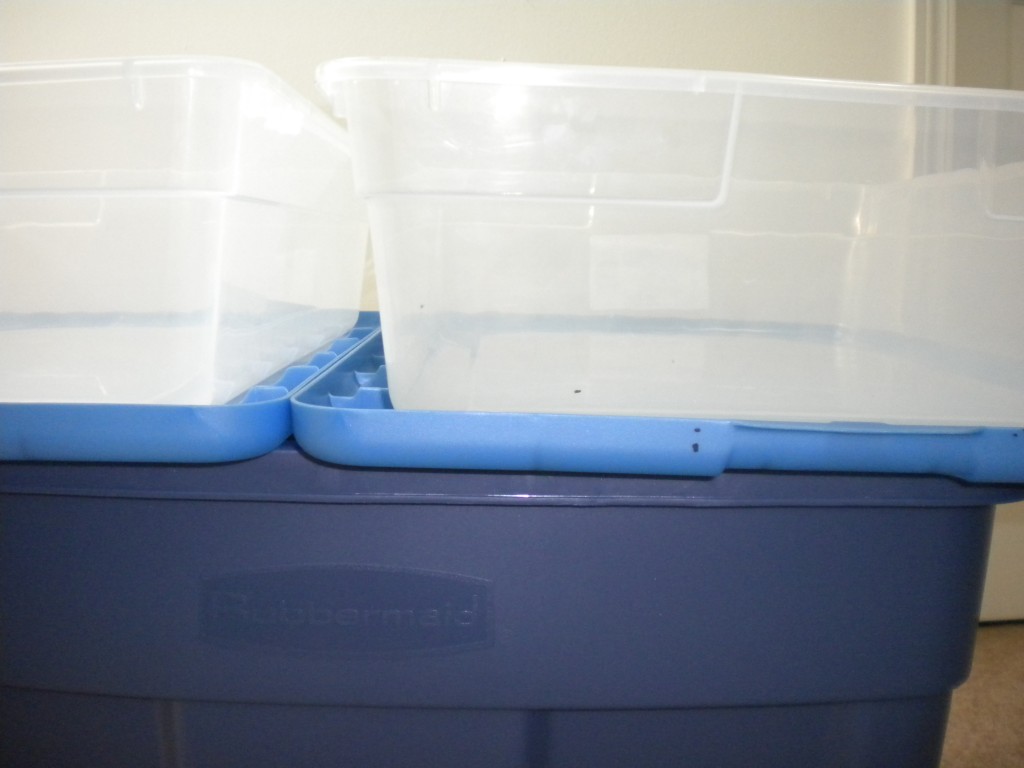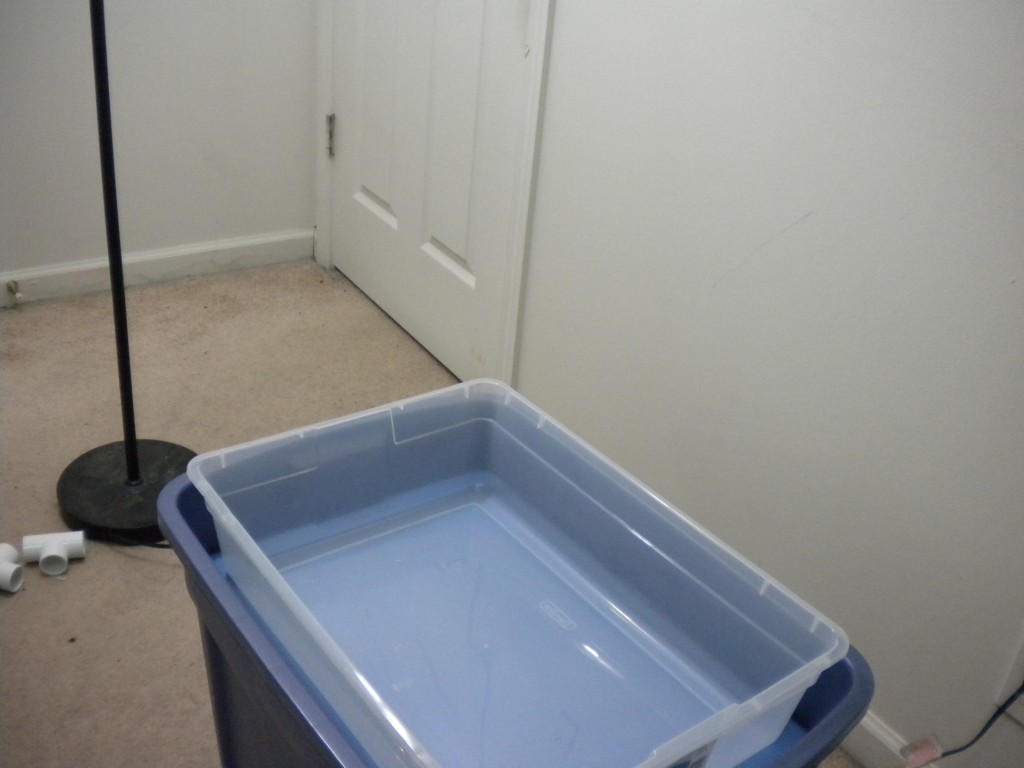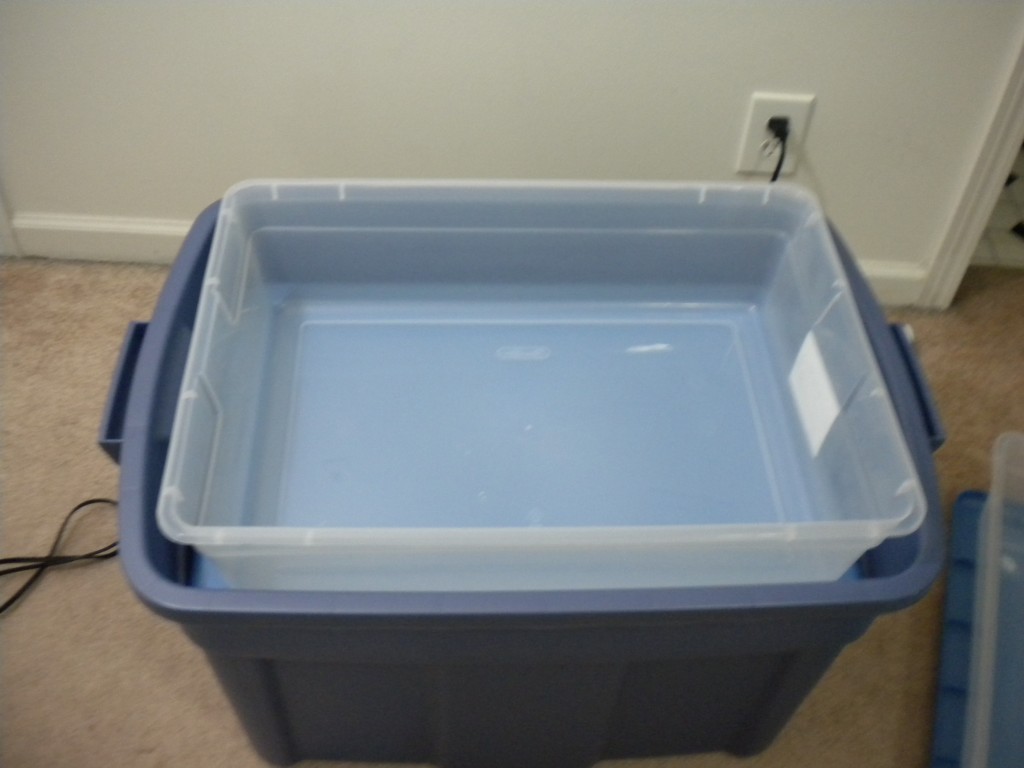 AzaMax by General Hydroponics has a lot of different uses and applications. Today I will be focusing on the reservoir applications for recirculating and run to waste type systems. The amount of AzaMax to use depends on the size of your hydroponic system and type of infestation you are dealing with. For a minor to severe spider mite infestation, only the weaker end of the product recommendations are required to eliminate the problem without over affecting crop quality. Believe me, I’ve seen a few different pest control options, a lot of the products do work like they say, however you may have to live with the slight taste of bug spray on your prized fruits and veggies. AzaMax is one of the few hydroponic solutions that is safe for the reservoir and can be mixed right in with the nutrient solution. When the plant absorbs the solution this way, it pest proofs the plant from the inside out. The inside out method is useful because the solution can be applied at any time without getting residue on fruits or veggies close to consumption. It also ensures there will be no light burn on the leaves from the water magnifying the light.
AzaMax by General Hydroponics has a lot of different uses and applications. Today I will be focusing on the reservoir applications for recirculating and run to waste type systems. The amount of AzaMax to use depends on the size of your hydroponic system and type of infestation you are dealing with. For a minor to severe spider mite infestation, only the weaker end of the product recommendations are required to eliminate the problem without over affecting crop quality. Believe me, I’ve seen a few different pest control options, a lot of the products do work like they say, however you may have to live with the slight taste of bug spray on your prized fruits and veggies. AzaMax is one of the few hydroponic solutions that is safe for the reservoir and can be mixed right in with the nutrient solution. When the plant absorbs the solution this way, it pest proofs the plant from the inside out. The inside out method is useful because the solution can be applied at any time without getting residue on fruits or veggies close to consumption. It also ensures there will be no light burn on the leaves from the water magnifying the light.
Be warned – The AzaMax solution may change the color of your water a bit to a more milky color. This is natural and also happens when you mix it with water for foliar applications. Since AzaMax has the nice little measurement cup added to the bottle you can squeeze up the same amount or a semi precise amount without busting out the glassware. For my reservoir applications I try about 5 ML of AzaMax for every 5 or so gallons of water. That is about 1 Ml per gallon of water which is about .034 fl oz. The solution I use ranks below the lowest end of the spectrum according to AzaMax’s chart that comes with the bottle. Remember, those tables are guides and your application may vary from what others use. The solution I mention is what I use as my preventative measure! If you notice pests for weeks after your initial application, try adding more AzaMax on your next reservoir change.
Get General Hydroponics AzaMax at Amazon today to protect your indoor garden investment. You can also read customer reviews here.
Stay tuned on pest control with HPE – I’ll be posting more articles about AzaMax and its many uses in the future. I’ll also be posting some good home made natural pest remedies soon. If you have any comments or questions about AzaMax feel free to email me or reply with a comment below. Stay Green!
